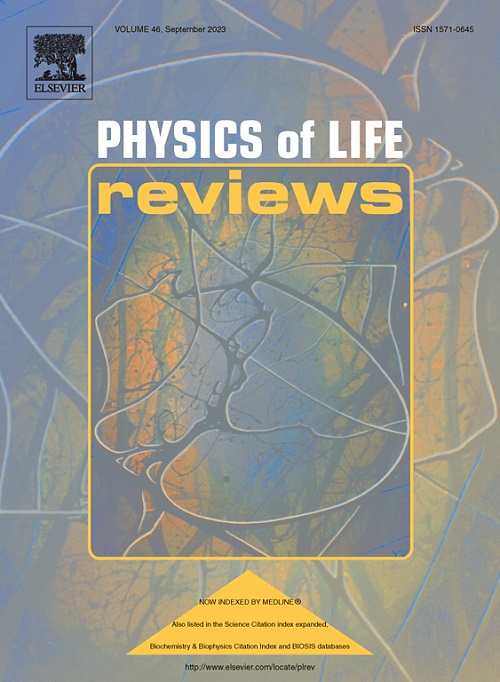Preliminaries to artificial consciousness: A multidimensional heuristic approach
IF 13.7
1区 生物学
Q1 BIOLOGY
引用次数: 0
Abstract
The pursuit of artificial consciousness requires conceptual clarity to navigate its theoretical and empirical challenges. This paper introduces a composite, multilevel, and multidimensional model of consciousness as a heuristic framework to guide research in this field. Consciousness is treated as a complex phenomenon, with distinct constituents and dimensions that can be operationalized for study and for evaluating their replication. We argue that this model provides a balanced approach to artificial consciousness research by avoiding binary thinking (e.g., conscious vs. non-conscious) and offering a structured basis for testable hypotheses. To illustrate its utility, we focus on "awareness" as a case study, demonstrating how specific dimensions of consciousness can be pragmatically analyzed and targeted for potential artificial instantiation. By breaking down the conceptual intricacies of consciousness and aligning them with practical research goals, this paper lays the groundwork for a robust strategy to advance the scientific and technical understanding of artificial consciousness.
人工意识初探:多维启发式方法。
对人工意识的追求需要概念上的清晰,以应对其理论和经验上的挑战。本文介绍了一个复合的、多层次的、多维的意识模型,作为指导这一领域研究的启发式框架。意识被视为一种复杂的现象,具有不同的成分和维度,可以用于研究和评估它们的复制。我们认为,该模型通过避免二元思维(例如,有意识与无意识)并为可测试的假设提供结构化基础,为人工意识研究提供了一种平衡的方法。为了说明它的效用,我们把“意识”作为一个案例研究,展示了意识的具体维度如何被实际分析,并针对潜在的人工实例化。通过打破意识概念的复杂性,并将其与实际研究目标相结合,本文为推进人工意识的科学和技术理解奠定了坚实的战略基础。
本文章由计算机程序翻译,如有差异,请以英文原文为准。
求助全文
约1分钟内获得全文
求助全文
来源期刊

Physics of Life Reviews
生物-生物物理
CiteScore
20.30
自引率
14.50%
发文量
52
审稿时长
8 days
期刊介绍:
Physics of Life Reviews, published quarterly, is an international journal dedicated to review articles on the physics of living systems, complex phenomena in biological systems, and related fields including artificial life, robotics, mathematical bio-semiotics, and artificial intelligent systems. Serving as a unifying force across disciplines, the journal explores living systems comprehensively—from molecules to populations, genetics to mind, and artificial systems modeling these phenomena. Inviting reviews from actively engaged researchers, the journal seeks broad, critical, and accessible contributions that address recent progress and sometimes controversial accounts in the field.
 求助内容:
求助内容: 应助结果提醒方式:
应助结果提醒方式:


